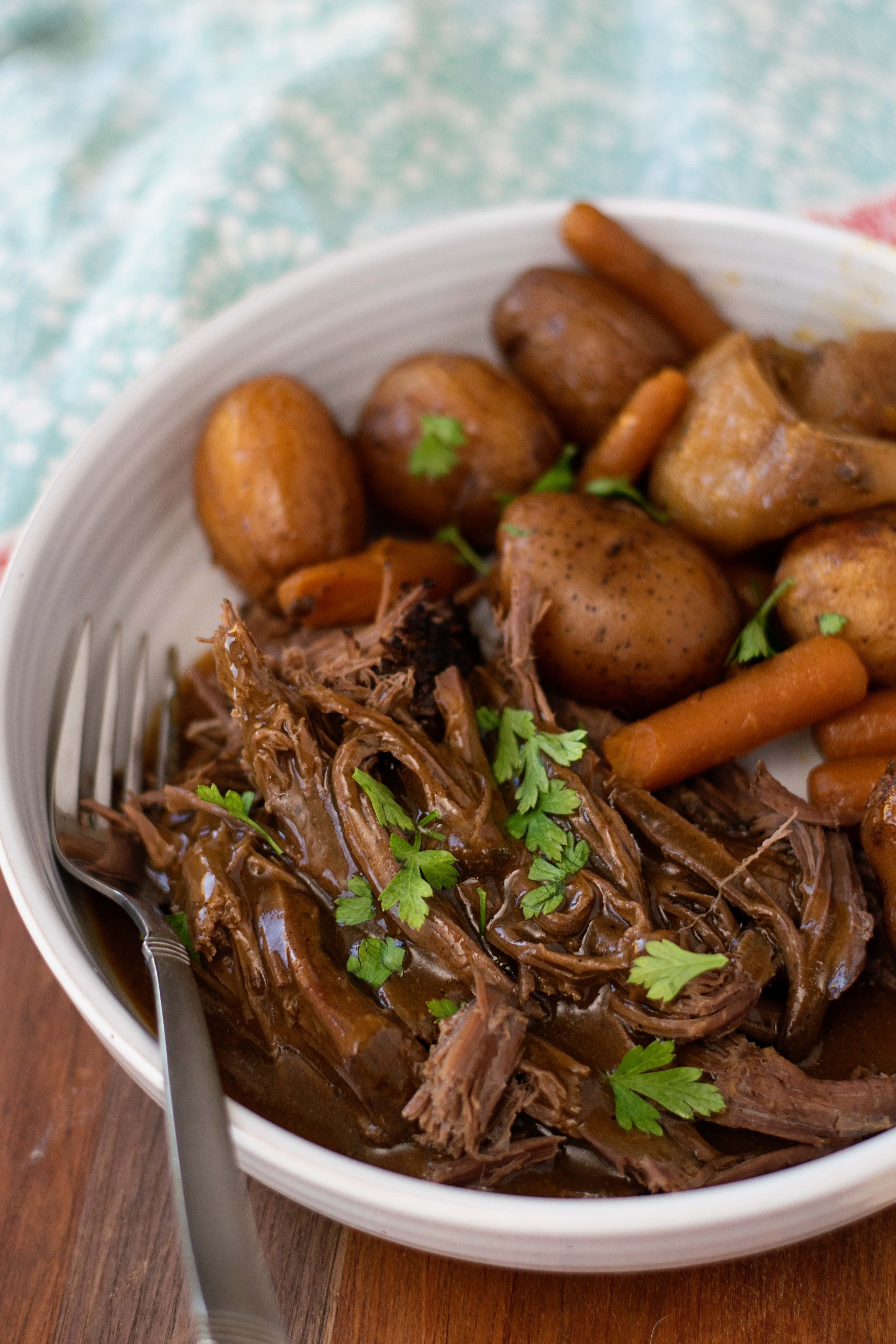Meat Preparation Tips to Boost Flavor and Inflammation in Every Meal
Meat Preparation Tips to Boost Flavor and Inflammation in Every Meal
Blog Article
From Farm to Table: Fresh and Costs Meat Choices
The journey of meat from farm to table envelops a complex interaction of high quality, values, and sustainability. This shift not just boosts the nutritional account of meat however additionally supports regional economies.
Comprehending Meat Sourcing
As consumers end up being increasingly conscious of the beginnings of their food, understanding meat sourcing has gained vital relevance. Meat sourcing entails tracing the journey of meat from ranch to table, incorporating various elements such as farming methods, pet welfare, and ecological impact. This understanding encourages consumers to make enlightened choices that align with their worths, specifically regarding sustainability and honest factors to consider.
The sourcing of meat can differ substantially based upon numerous criteria, including the sort of livestock, farming techniques, and geographical place. For example, grass-fed beef frequently comes from pasture-based systems that advertise pet well-being and lower environmental deterioration. Alternatively, standard meat might entail extensive farming practices that raise problems regarding antibiotic use and habitat destruction.
Furthermore, traceability plays a vital duty in meat sourcing. Recognizing the certain ranch or area where the meat comes from assists consumers guarantee high quality and security. Numerous consumers now seek qualifications or tags that show gentle treatment and sustainable practices, mirroring a growing need for openness in the food supply chain. Inevitably, comprehending meat sourcing not only enhances consumer option yet additionally promotes accountable usage and sustains honest farming practices.
Benefits of Fresh Meat
Selecting fresh meat provides numerous benefits that prolong past flavor and appearance. Fresh meat commonly keeps greater nutritional worth compared to its icy or processed counterparts. It is commonly richer in necessary vitamins and minerals, such as B vitamins, iron, and zinc, which are crucial for preserving overall health and wellness.
Moreover, the sourcing of fresh meat commonly involves much shorter supply chains, reducing the time between ranch and table. This indicates that the meat is much less likely to lose its nutritional integrity throughout transportation and storage. In addition, consumers can experience improved preference and juiciness, which can raise culinary experiences.
Fresh meat also provides a chance for consumers to sustain regional farmers and advertise sustainable agricultural methods. When acquiring from neighborhood sources, individuals can add to their regional economy and promote a better link to the food they consume.
Finally, fresh meat is normally without the preservatives and additives typically found in processed choices. This makes it a cleaner, much healthier alternative for those seeking to lessen their intake of synthetic ingredients. Overall, the benefits of choosing fresh meat incorporate wellness, taste, and a sense of area involvement.
Animal Welfare Standards
Making certain high pet welfare criteria is essential for both ethical considerations and the quality of meat items. The therapy of livestock straight affects not only the honest effects of meat production yet likewise the total high quality and safety of the end items. Animals raised in gentle conditions are much less worried, causing healthier pets and, as a result, exceptional meat quality.
Rules and qualifications concerning animal welfare have actually come to be progressively considerable in the meat market. These structures guarantee pets are given with appropriate area, proper nourishment, and humane handling throughout their lives. Practices such as pasture-raised systems and free-range atmospheres contribute to better animal well-being by allowing pets to exhibit all-natural behaviors, which is critical for their wellness.
Moreover, consumers are becoming much more critical relating to the resources of their meat, bring about an expanding demand for products that stick to rigorous animal well-being requirements. This change not just advertises ethical farming practices yet also motivates producers to take on procedures that improve the health and welfare of their pets. Meat. Eventually, focusing on pet well-being is not simply a moral imperative; it is likewise a pathway to producing premium-quality meat that meets consumer assumptions

Sustainable Farming Practices
Lasting farming techniques play a crucial function in boosting both animal well-being and the high quality of meat Learn More products. By executing rotational grazing, farmers can advertise healthy and balanced field ecosystems, allowing pets to feed on nutrient-rich yards while preventing overgrazing.
Additionally, sustainable farming commonly includes incorporated pest management and organic feed choices, reducing making use of hazardous chemicals. This approach not just safeguards animal well-being but likewise causes cleaner, more secure meat items for customers. Water conservation methods, such as rain harvesting and reliable watering systems, further add to lasting methods, making sure that sources are utilized judiciously.
Additionally, promoting biodiversity with polyculture systems and protecting habitats for wildlife enhances the resilience of farming ecological communities. By prioritizing these lasting methods, farmers can produce top notch meat that satisfies consumer need while promoting eco-friendly equilibrium. Inevitably, embracing lasting farming practices is important for creating an extra accountable and durable food system that benefits pets, farmers, and consumers alike.
Picking High Quality Over Quantity
Frequently, customers are confronted with the issue of selecting in between quantity and top quality when it involves meat products. While buying bigger quantities might appear economically beneficial, the long-term advantages of picking high-grade meat much surpass the immediate cost savings. Quality meat is typically sourced from pets elevated in sustainable environments, where they are provided correct nutrition and treatment, resulting in exceptional flavor and nutritional worth.
Premium meats are usually devoid of read this dangerous additives, hormones, and prescription antibiotics that are typically existing in mass-produced alternatives (Meat). This not only makes certain a much healthier top article dining experience however likewise sustains honest farming methods that prioritize animal welfare. In addition, premium meats have a tendency to have a much better structure and flavor, improving the total cooking experience
Purchasing top quality meat motivates customers to appreciate smaller sections, permitting a more conscious approach to eating. This change not only influences individual health positively yet likewise promotes sustainable consumption patterns that can profit the setting. To conclude, focusing on quality over amount when selecting meat products promotes a much more responsible and health-conscious lifestyle, inevitably enhancing both the dining experience and the world.
Conclusion

Report this page